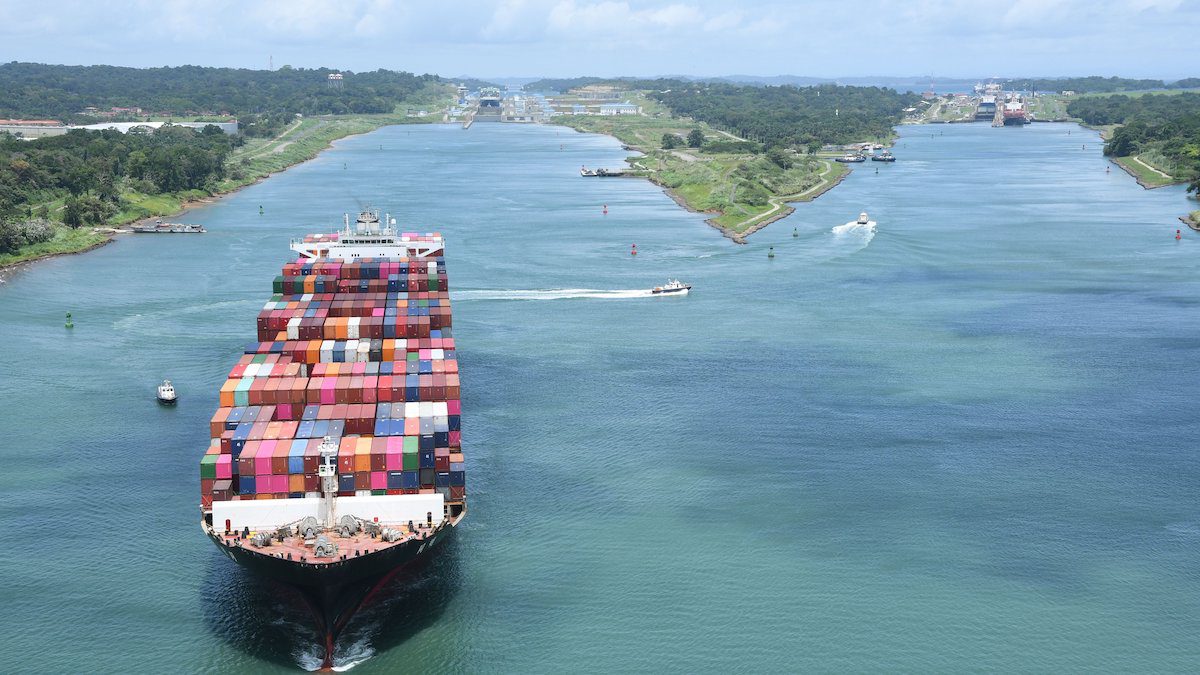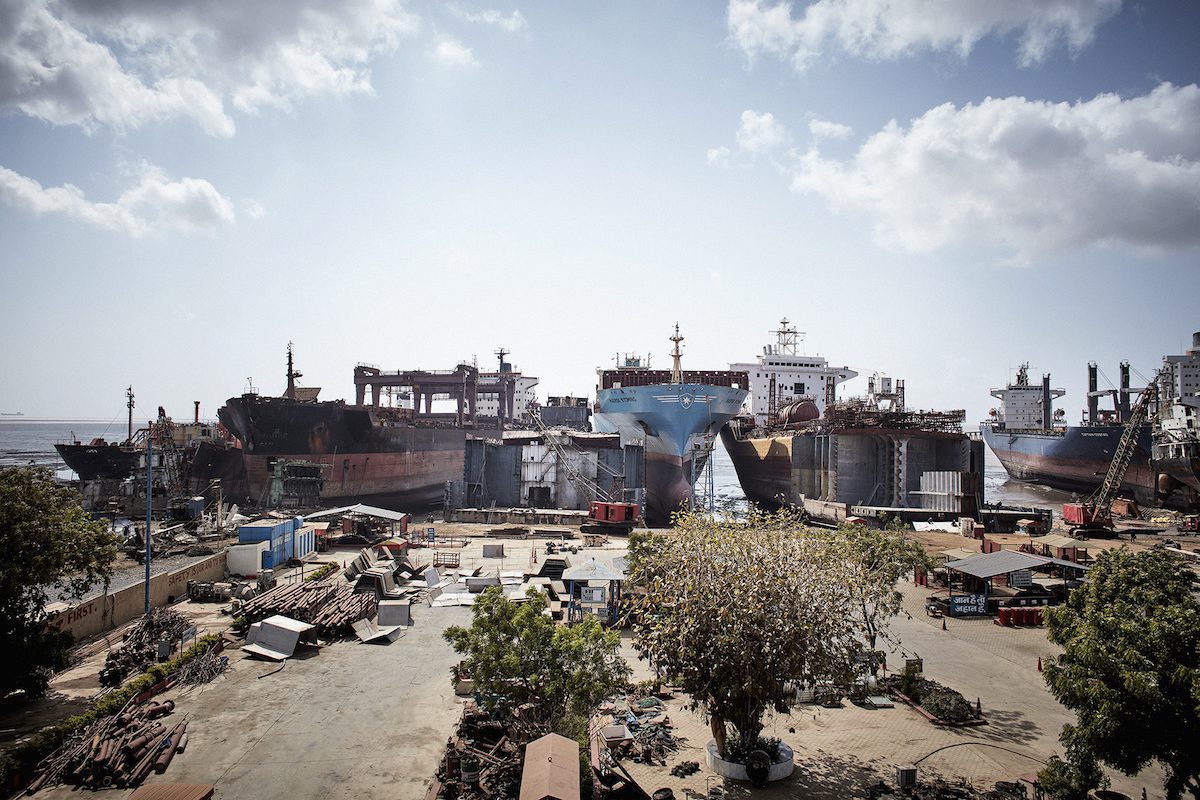The following is an excerpt from the article Meet Six People Fighting Water Scarcity Across the Globe:
(Bloomberg)–Ilya Espino de Marotta has never shied from challenging convention. A Panamanian engineer who roams the locks of her country’s magnificent canal in a bright-pink hardhat (“a message that yes, I’m a girl and I can do this job”), she’s consistently rejected groupthink, helping propel her to executive vice president—second-in-command—of the Canal Authority.
Even she had no idea, when she started 35 years ago, how radical a change lay ahead. She expected ships to grow bigger and computers to get smaller. It never occurred to her, however, that Panama, one of the wettest countries on Earth, would stop getting the rainfall needed for the canal to thrive. That’s what’s happened. Today, Espino de Marotta has less time to lament the glass ceiling for women because she’s focused on an entirely unexpected obstacle: The Panama Canal is running out of water.
“Water was so abundant,” she recalls of her early days. “It wasn’t at the top of our minds.” Only in recent years, she adds, “We saw the changes of the rainfall patterns.”
Four of the past seven years, including 2019, have brought unprecedented droughts, forcing the canal to restrict what’s known as the draft—the depth at which ships can sit as they pass through the waterway; the more cargo a ship carries, the lower it sits. On top of the droughts have come unexpectedly destructive storms. The combination, along with increased demand for drinking water by the growing population of Panama City, is forcing Espino de Marotta and her colleagues to seek bidders for a $2 billion project to find new sources of water.
Since its 1914 opening, the 50-mile (80-kilometer) Panama Canal has been hailed as an engineering marvel. It links the Pacific and Atlantic oceans across highly uneven terrain via a water bridge that—through a system of locks and tens of millions of gallons of water—raises ships by hydraulic propulsion to an artificial lake and then drops them on the other side. Vessels filled with gas, copper, bananas, and cars are pulled through, accounting for 4% of global shipping.
In 2016, Espino de Marotta oversaw a massive expansion of the canal, but the water-saving basins built alongside the wider locks didn’t make up for declining water supplies. That is now her central concern for a project aimed for completion in 2028. It is likely to combine approaches: diversion from other sources, reuse of waste water, and perhaps desalination.
“Things have changed, so we need to change,” Espino de Marotta says.
Espino de Marotta is happiest in the field. She walks onto a balcony overlooking the canal at the Miraflores locks while a container ship crosses, then peers into the distance. Seeing a second large vessel immobile, she asks why it isn’t moving. Below, a small specialist boat crosses the canal, and she snaps a picture on her phone. It was dispatched in the morning to inspect for a potential oil spill—a false alarm. In just a few hours, she will be off to inspect maintenance work at the canal’s Atlantic end.
A marine engineer and mother of three, Espino de Marotta graduated from Texas A&M University and became one of just two women working in the canal shipyard. She held numerous posts before leading the $5.25 billion expansion.
Since the water that feeds the canal’s two artificial lakes is also drunk by more than 2 million people, tension has arisen between two vital needs.
“We want to guarantee that we can provide potable water for the population and a competitive and reliable draft for transiting vessels.” Espino de Marotta says, noting that in the pandemic era shipping has taken on added significance.
Climate change is inescapable. The rainy season is starting later, according to Steve Paton of the Smithsonian Tropical Research Institute in Panama. In addition to droughts, the country has experienced 8 of its 10 greatest storms over the past 21 years, and reservoirs aren’t big enough to capture excess water and store it for dry periods. In 2010, intense rains almost toppled one of the canal’s dams and forced the waterway to close temporarily for the first time since 1989.
“Changing weather patterns at a global level are having a very local effect here in Panama,” Paton says.
The result, Espino de Marotta says, is that water can no longer be taken for granted. Specialists monitor lake levels and rainfall daily, tracking evaporation. Hydrologists meet weekly to draft a plan to save water over the next two weeks.
“We monitor water all the time now,” she says. “That’s the whole intent.”
Michael McDonald
@2021 Bloomberg L.P.

 Join The Club
Join The Club











